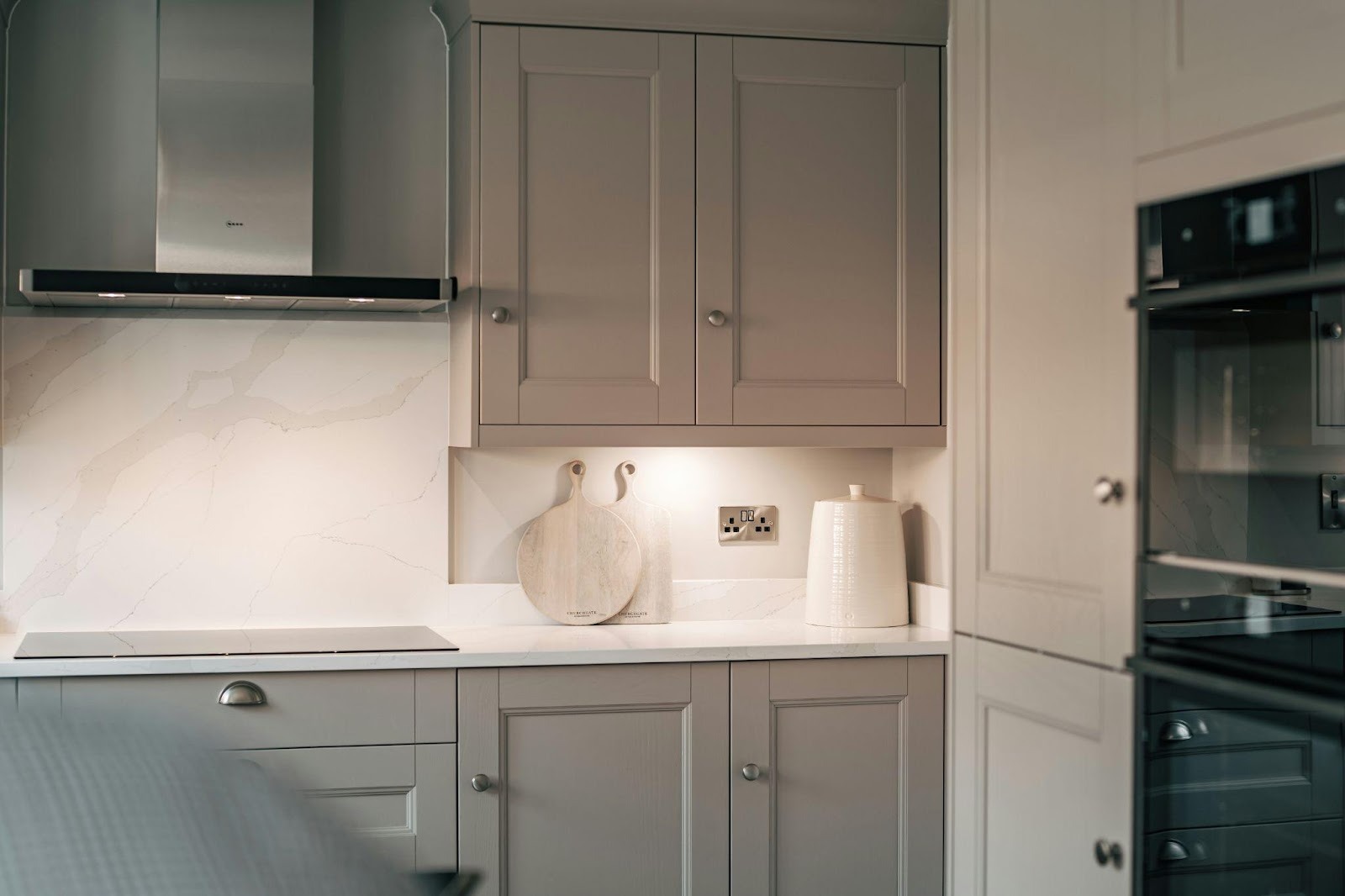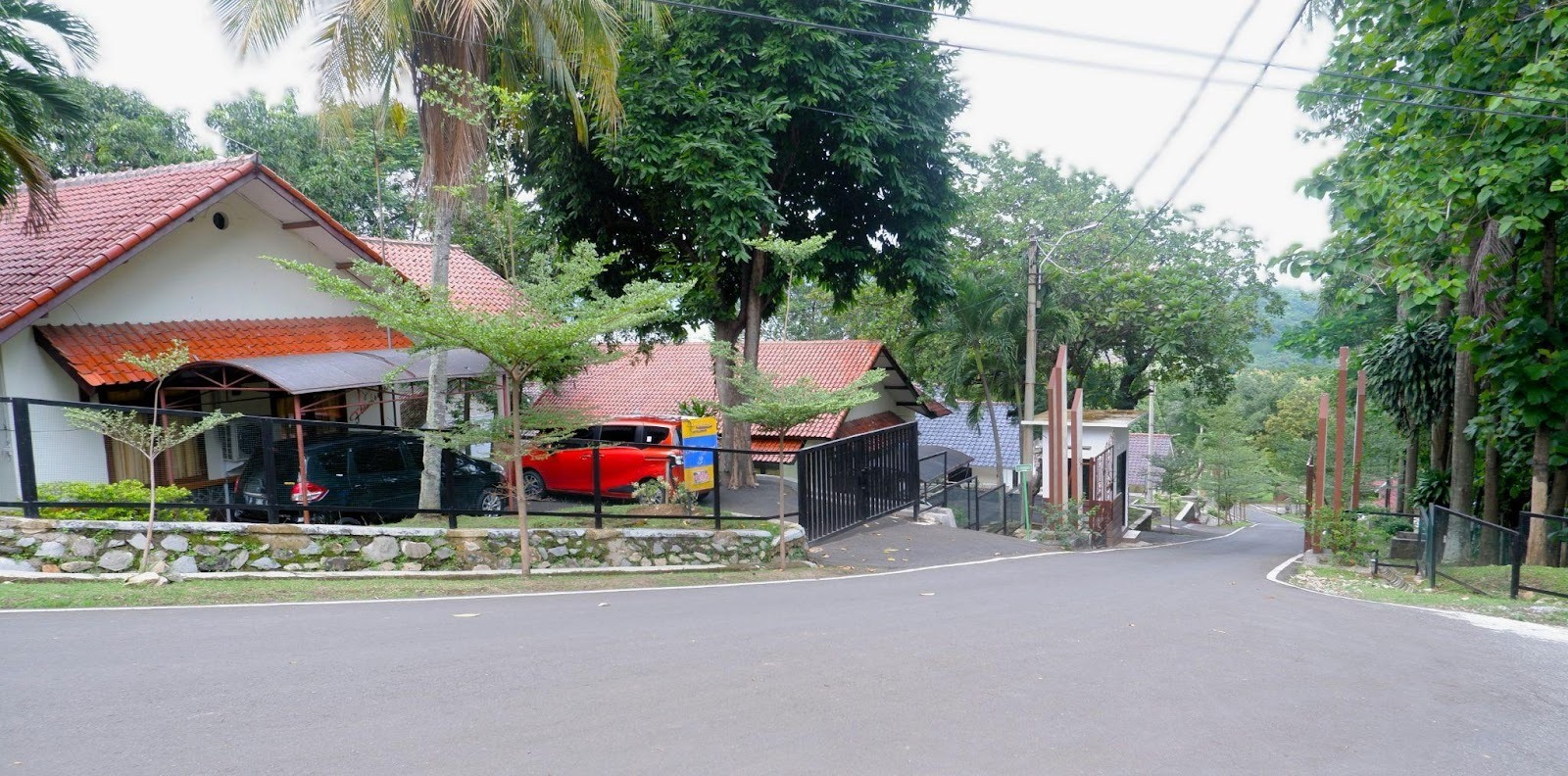The Shift Toward Custom-Built Living Spaces in Today’s Housing Market
There’s something quietly changing in the way people think about their homes. Instead of simply buying what’s available, many are deciding they want exactly the space they imagine not just in finish and style but in flow, storage, utility and relationship to the landscape. For homeowners who are exploring this path, firms like Degroot Custom Homes offer more than a builder. They offer the possibility of creating a living space that fits the rhythm of life rather than forcing life into someone else’s design.
This shift doesn’t mean everyone will build from scratch. But it does mean that even when buyers purchase an existing home, they often plan with customization in mind from day one. They want the flexibility to adapt, to shape, to evolve. The housing market’s current condition, tight supply, changing priorities around home office, wellness, and outdoor access is nudging more people toward custom builds or major rework. What once seemed like a luxury is now frequently viewed as a practical response to what people want today.
Defining home in a new era
The mid-2020s homebuyer isn’t just looking for three bedrooms and two baths. They’re looking for spaces that play double roles: the office that becomes school-zone in the afternoon, the guest room that converts into a studio, the patio that works for quiet mornings and social evenings. Custom-built living allows that flexibility. The builder becomes a partner in designing how spaces serve multiple functions rather than forcing a one-use-only layout.
It’s why people increasingly reject homes that feel “used up” or compromised, the ones where you immediately see awkward corners, half-finished basements or mismatched flows. Custom builds allow you to avoid the overhead of compromise. Instead of “works okay,” you aim for “works beautifully.” And in markets with constrained inventory, that ambition isn’t just aesthetic; it’s strategic.
Custom build as investment, not only dream
When housing markets feel unpredictable, many prospective homeowners worry whether building a custom home will pay off. But there’s a case to be made that custom-built homes offer durability and relevance far beyond trends. Because they’re designed around how you live, they often avoid the typical “obsolete space” risk: rooms that don’t work, layouts that feel wrong, finish that date quickly.
Think of how fast preferences change. Kitchen islands grow bigger, closets demand more, indoor-outdoor connections strengthen. A custom home that anticipates these shifts doesn’t need major renovation in a few years. In fact, industry commentary from platforms like Builder Magazine suggests that homes built for tomorrow’s lifestyle often maintain resilience in value because they adapt more easily when trends shift. The home becomes not just a place to live, but a foundation for what comes next.
Designing for lifestyle, not just footprint
One of the liberating things about a custom build is that the constraint isn’t just square footage; it’s how you want to live. Do you start with a workspace near the entry so you don’t bring work into the home’s core? Do you design storage for transition phases so the home never feels cluttered? When builders like Degroot Custom Homes speak in terms of “living spaces” rather than “rooms,” they’re acknowledging that homes are functioning systems, not static inventories of space.
That mindset changes choices. Instead of asking for the biggest kitchen, you ask for the kitchen you’ll work in most. Instead of adding a guest room you rarely use, you plan for a multi-purpose space. The home becomes a vessel for how you actually live, not how someone said you should live.
Relationship to the land and environment

Custom built often means more than what’s inside the walls. It means how the home sits, how it responds to light, how it uses climate, how it defines thresholds between inside and out. This is especially true when people build in suburban or semi-rural locations where views matter, but so do sustainability and long-term maintenance.
A firm experienced in custom homes will consider orientation for solar gain, material choices that age well, connection to outdoor spaces that reflect your lifestyle. These are details that standard homes often ignore in favour of generic market appeal. But when you live through seasons, you feel them. The home you build today becomes part of a decades-long rhythm. And custom builds recognise that in their designs.
The process matters as much as the product
Many homeowners underestimate how much the process of building affects their satisfaction. Having good communication, transparency in timelines, understanding of decision points these matter more than the exact finish colours. When you work with a custom builder like Degroot, you’re also entering a project management phase. You’re aligning budgets, choosing materials, verifying schedules. The smoother the process, the sooner the home stops being “under construction” and starts being “home.”
In our era of instant gratification, patience may feel like a liability. But in building homes that last, patience is often what reduces flaws, what aligns detail, what makes a difference between “fine” and “distinguished.” The modern client doesn’t want to endure a long wait merely for waiting’s sake. They want engagement, iteration, clarity. A builder who treats you as a collaborator rather than a client becomes part of the lifestyle shift.
When custom becomes the new norm not just for new builds
What’s remarkable is how the mindset of custom is influencing even resale purchases. Buyers increasingly think of existing homes as starting points for personalisation rather than finished products. They mull over what they’ll change, how they’ll adapt spaces to their ideas. That means resale homes are being evaluated not just for location and size but for flexibility and adaptability. In such an environment, custom-built homes gain a distinct advantage.
When you build from scratch or choose a builder who designs for change, you’re effectively acknowledging that the future is uncertain. You build for mobility, for shifts in family patterns, for changes in work, for evolving comfort. And in markets where people live long in homes or adapt to them over time, that preparedness becomes part of the appeal.

